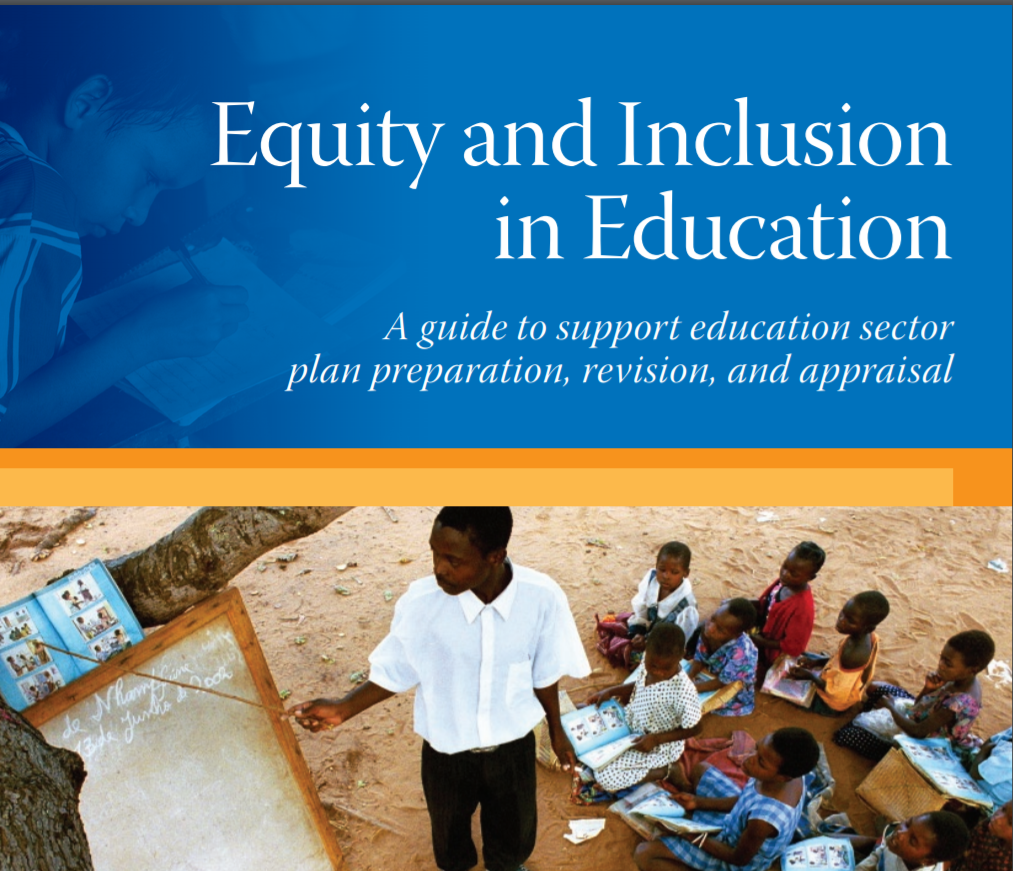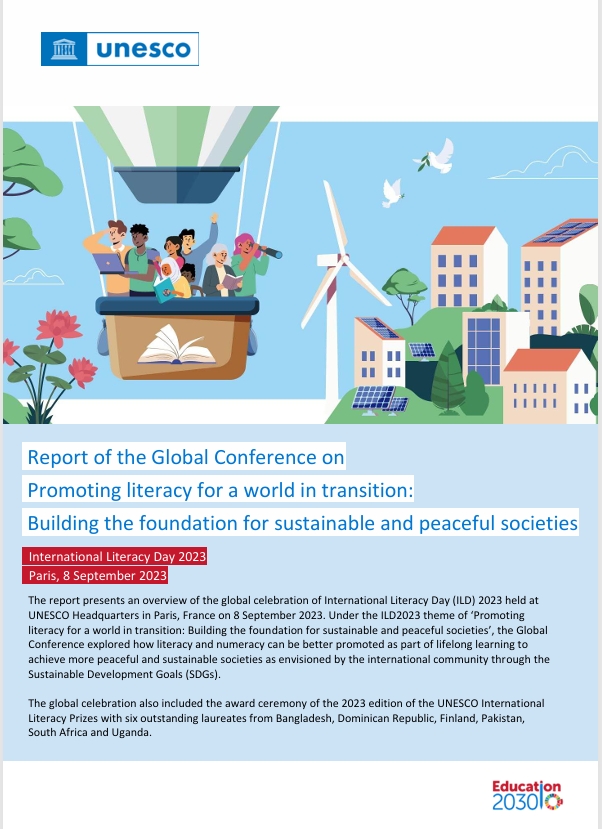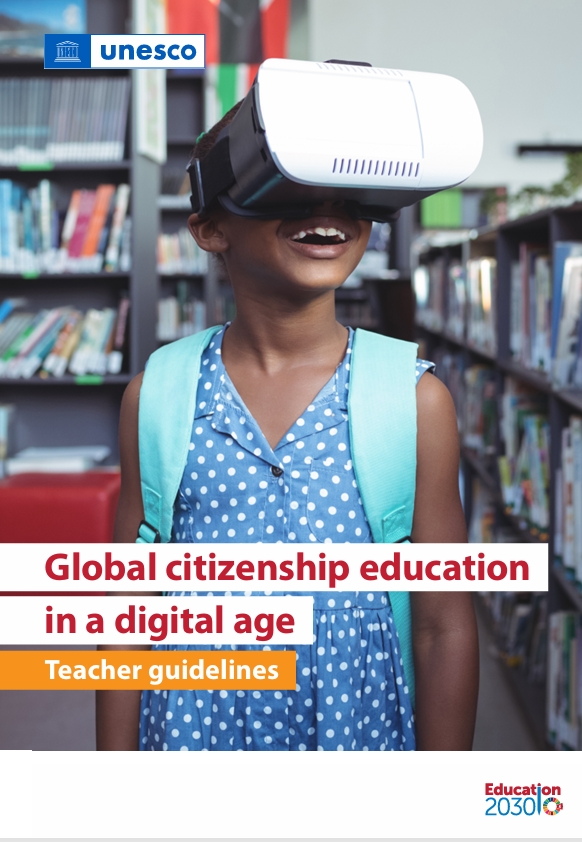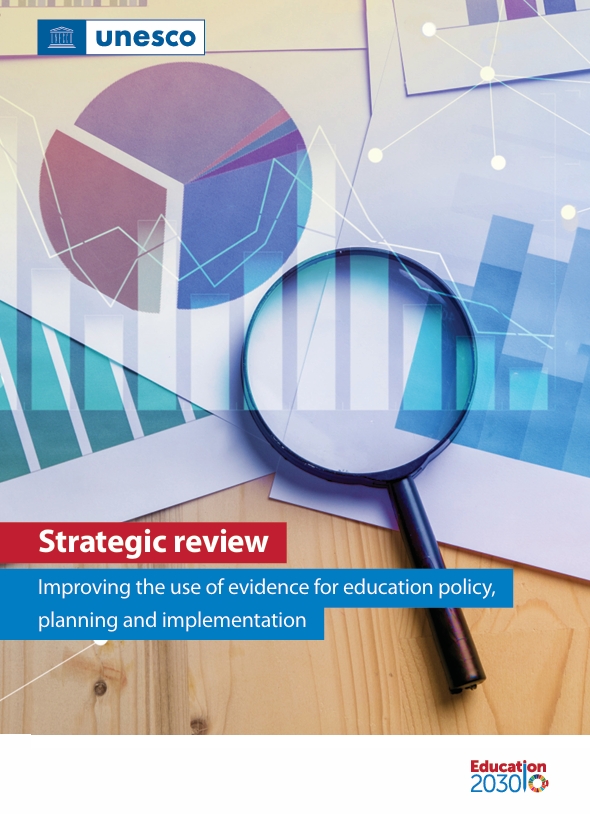Focus on Equity and Inclusion
As progress is made toward the Education for All (EFA) goals and the Millennium Development Goals (MDGs), including universal primary education and gender parity at all levels of
education, increasing attention is being given to the 72 million children who are still out of school.1 In particular, there is a stronger focus on the hard-to-reach and those who are at risk
of being excluded, marginalized, or otherwise disadvantaged in their pursuit of educational opportunity. Even when such children attend school, they may not complete the full cycle of
primary education and may not experience or achieve learning of the highest, or even good, quality. At the core of inclusive education is the human right to education, pronounced in the Universal Declaration of Human Rights in 1948. Equally important are the provisions of the UN
Convention on the Rights of the Child (1989) which stipulates the right for all children to receive education without discrimination on any grounds.2 Some children are particularly at risk of not attending or completing school – those from poor families; those in remote rural communities; girls; children infected with or affected by HIV; working children or those with disabilities;
children from ethnic or other minority groups and those in countries affected by conflict or natural disaster. Gender inequality is a cross-cutting issue in every type of educational
disadvantage
Connect with us :






